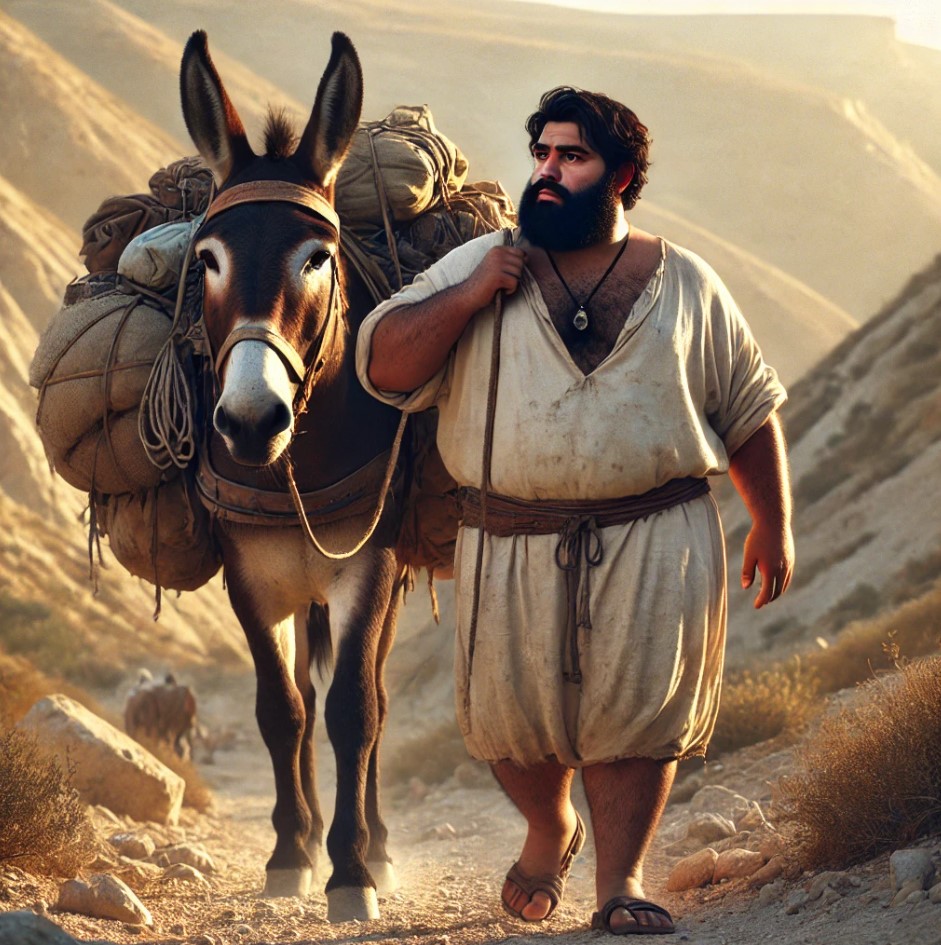Travel and transportation
Travel and transportation in Helerin are integral to the movement of people, goods, and ideas across the diverse landscapes of the archipelago.
The rugged terrain, interspersed with dense forests, arid deserts, and expansive waterways, has necessitated the development of a variety of transportation methods. These range from walking and riding animals to the engineering of carts, chariots, and watercraft.
For further insights into the tools and engineering innovations that underpin these systems, see: Science and technology

Methods of travel
Travel on land
Land travel in Helerin depends heavily on the quality of roads and the type of terrain. Roads between major settlements may be paved with stone or gravel and are typically maintained by local authorities. These roads allow for the movement of carts, wagons, and chariots. However, tracks between smaller villages are often less reliable, prone to becoming muddy or overgrown, and can be completely impassable in poor weather. Cross-country travel is possible in open plains or lightly wooded areas, but dense forests, steep mountains, or arid deserts require specialised knowledge or equipment to navigate.Walking
Walking remains the most basic and accessible form of travel. Unburdened travellers can cover up to 25 miles in an 8-hour day, though this reduces to 20 miles or fewer if carrying heavy packs. For shorter journeys or through regions with poor roads, walking is often the most practical choice. Many roads feature way temples offering food and refuge, while smaller shrines and wayside inns and caravanserais provide additional comfort and safety along the route.Horses and Gorrach
Horses and Gorrach are widely used for faster land travel. Riders can cover up to 40 miles in an 8-hour day on well-maintained roads, while off-road travel reduces this to around 30 miles, or fewer than 20 in hilly terrain. Mounts are prized for their ability to navigate rugged paths and carry goods or passengers, making them indispensable for merchants, messengers, and adventurers alike.

Carts and wagons
Carts and wagons are essential for transporting goods between settlements, particularly on established trade routes. On good roads, these vehicles can travel 10-15 miles in an 8-hour day, though this drops to 5-10 miles on rough tracks. Their reliance on solid ground makes them unsuitable for cross-country travel or areas with poor infrastructure. Reinforced wheels and axles are common in regions with rocky terrain, while pack animals are often used to supplement carts in areas with limited road access.Chariots
Chariots, while less practical for daily use, serve as symbols of prestige and power in warfare, ceremonies, and sport. Lightweight and fast, they are typically reserved for paved roads or well-maintained paths. Their speed and manoeuvrability make them an elite mode of transport for rulers, soldiers, and athletes in specific contexts.Palanquins
In towns and cities, the wealthiest individuals often travel short distances in palanquins or litters, carried by teams of attendants. These conveyances are a symbol of status and luxury, crafted from fine materials and adorned with intricate carvings, gilding, or inlaid decorations. Palanquins typically incorporate canopies or draped fabrics to provide shade from the sun, ensuring comfort for their occupants. While visually striking, their design and reliance on human bearers make them unsuitable for long journeys, limiting their use to urban areas and ceremonial occasions.Water travel
Given the archipelagic nature of Helerin, water travel is vital for trade, exploration, and communication. The variety of vessels used reflects the diverse needs of the islands' inhabitants, from small fishing boats to grand multi-masted ships. Rivers, coastal routes, and open seas form an interconnected network, enabling goods and people to move efficiently between settlements.Rowing boats
Rowing boats are the simplest and most manoeuvrable vessels, ideal for fishing and short-distance travel along rivers or sheltered coastal waters. They can travel up to 20 miles in an 8-hour day, with their speed influenced by river currents or the strength of the rowers. These boats are often used by local fisherfolk and small-scale traders.Small sailing boats
Small single-masted sailing boats are a step up in capacity and range, capable of covering around 30 miles in an 8-hour day. Their reliance on wind makes them versatile but somewhat unpredictable, as favourable breezes can significantly increase their speed while poor conditions may leave them stranded. These vessels are often used for regional trade and transport.
Ships
Larger ships with multiple sails are the backbone of maritime trade and exploration. These ships can travel an average of 40 miles in an 8-hour day, making them ideal for longer voyages across the archipelago. Their reinforced hulls and sophisticated rigging systems enable them to carry heavy cargoes and withstand rough seas, connecting distant islands with efficiency and reliability.Barges
Flat-bottomed barges are used for transporting bulk goods along rivers and shallow coastal waters. Their sturdy design makes them perfect for moving agricultural produce, timber, and other heavy materials between inland settlements and coastal trade hubs.Travel Infrastructure
The infrastructure supporting transportation plays a crucial role in ensuring the safety and efficiency of travel. Along major roads, way-temples and inns provide food and rest for weary travellers, often maintained by donations. Watchtowers and forts along strategic routes ensure security, deterring bandits and wild creatures. In towns and cities, bustling docks equipped with cranes and winches facilitate the rapid loading and unloading of ships, while roadside inns and stables cater to the needs of land travellers.Cost of transportation
Travellers may choose to purchase their own means of transportation. Alternatively, they can purchase transportation via boats, carts, or caravans.Typical prices are given below:
For prices of horses and other animals, see: Domestic animals.


Comments